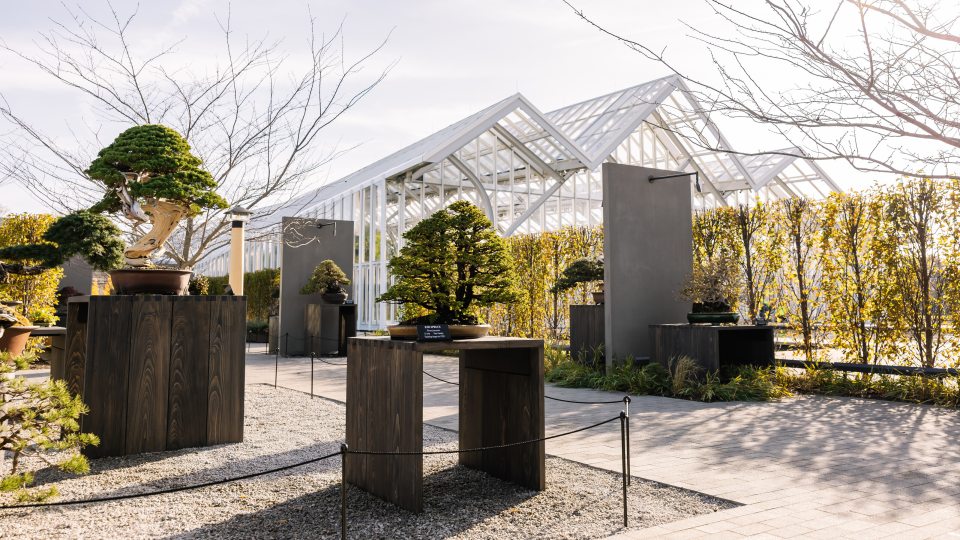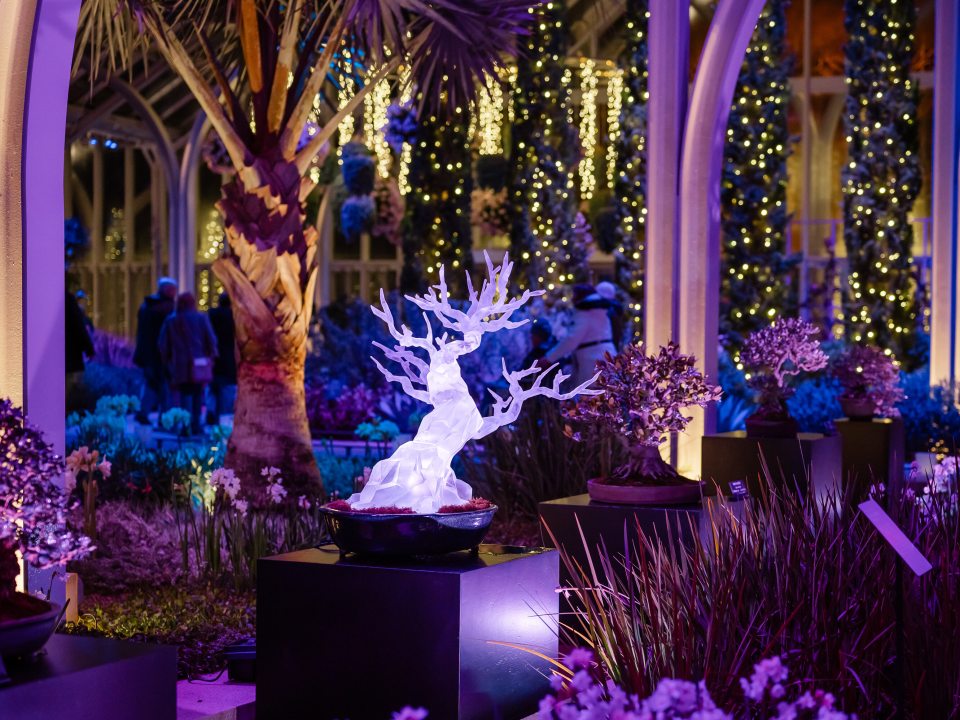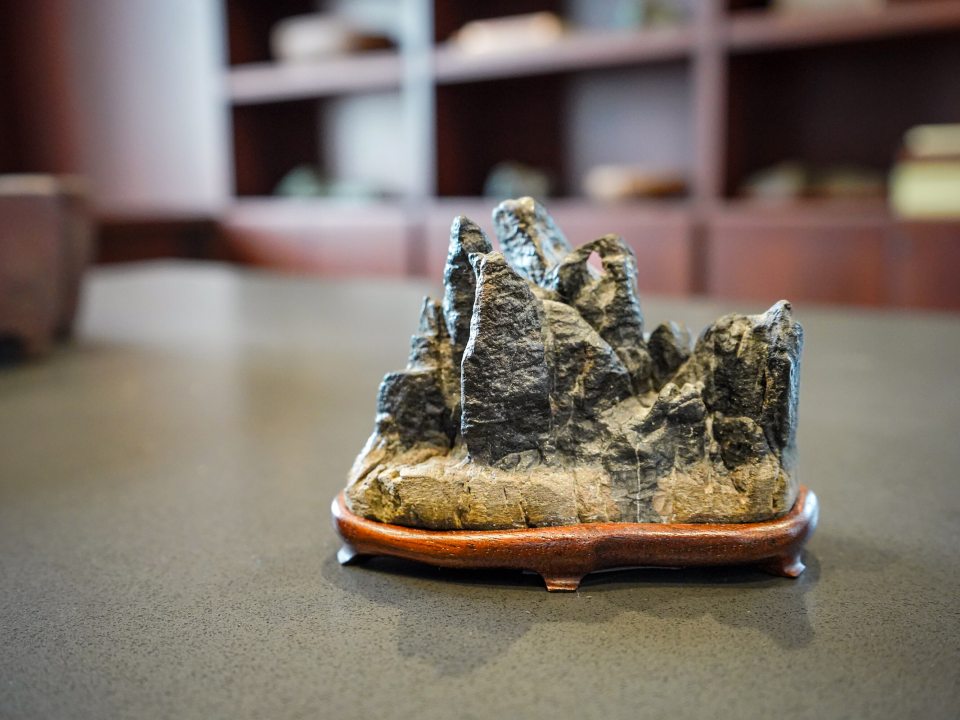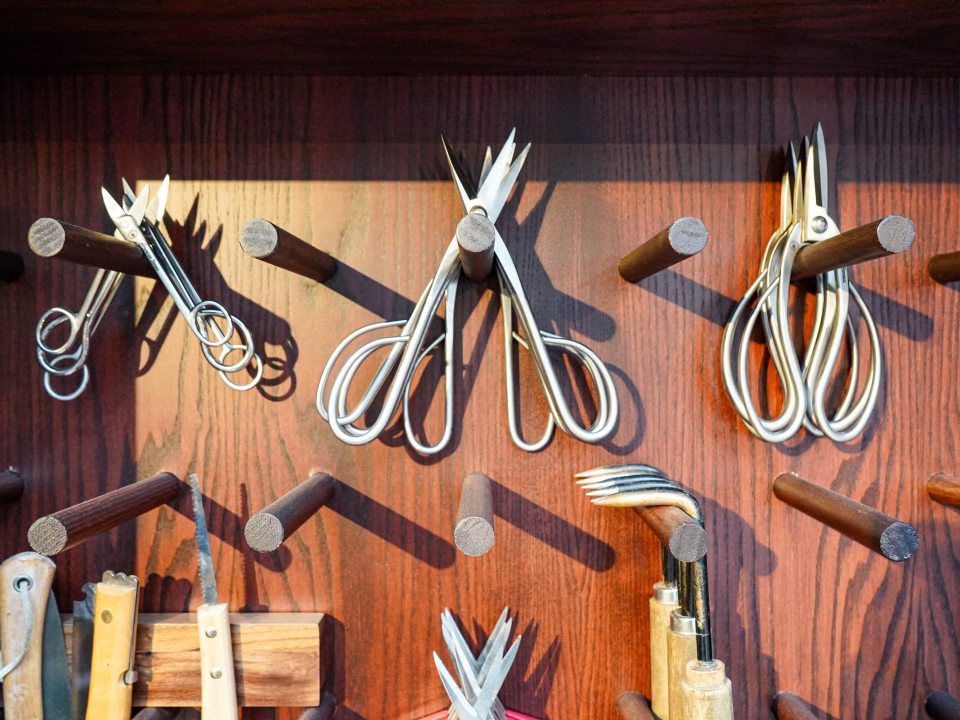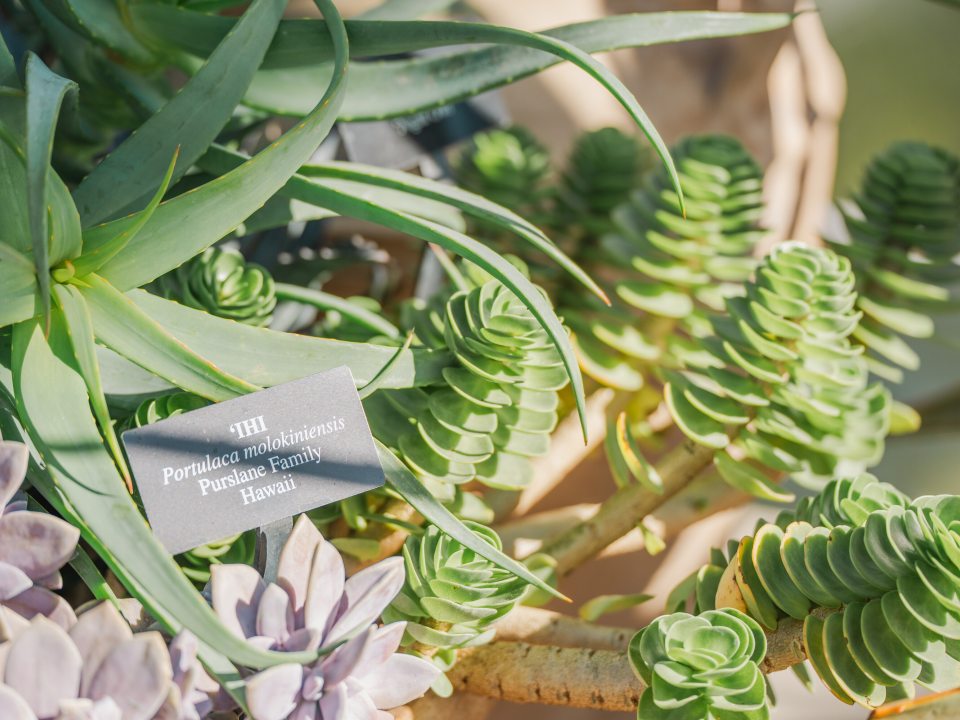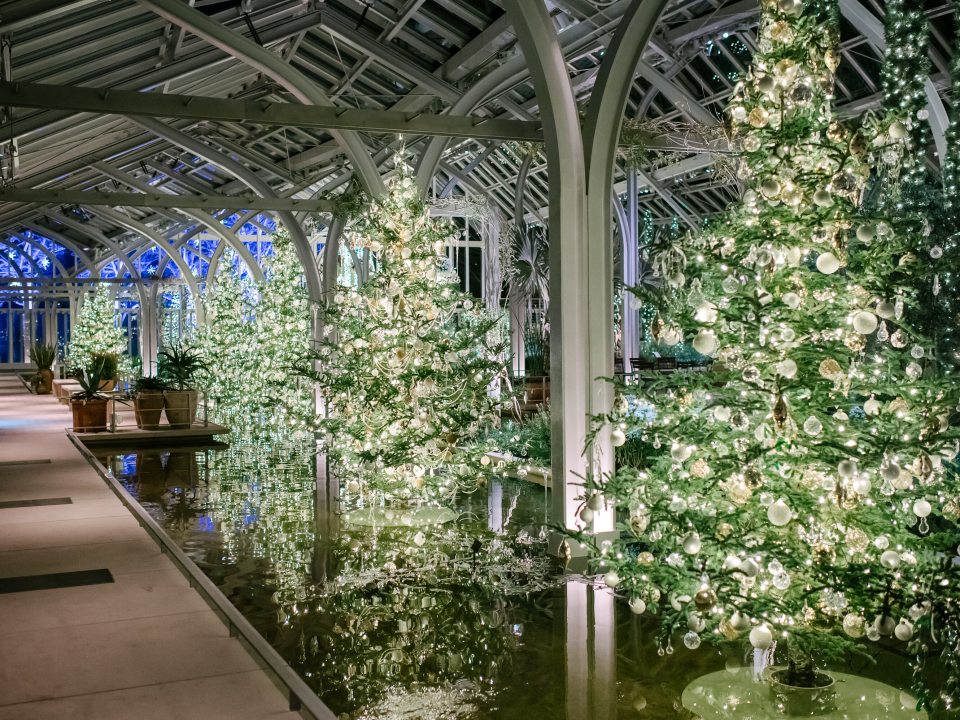In Longwood’s Bonsai Courtyard, tranquility prevails. Enhanced by a verdant carpinus hedge and cherry trees, the ambiance resembles that of an esteemed art gallery or a serene Japanese garden. Within this contemplative space, meticulous artistry and the beauty of nature converge, offering stories of patience and dedication with each miniature masterpiece.
Each season brings new discoveries, from the spring blooms of the courtyard’s cherry trees to the spectacular blossoms of our prized azalea specimens. The lush humidity of the summer months pairs perfectly with the tropical specimens, while cooler nights and the onset of autumn bring the much-anticipated hues of the trident maples, ginkgos, and hornbeams. During the late fall and winter, we showcase our conifers, with their ancient, wizened forms. No matter the season, contemplating our world-class collection brings to light the interconnectedness of art, nature, and perseverance.
About This Garden
The emphasis of our 12,500-square-foot garden courtyard is our nationally recognized, meticulously curated, core collection of nearly 200 miniature trees. Within this quiet sanctuary, guests enjoy a rotating display of up to 50-60 specimens, including selections of great rarity and beauty donated by The Kennett Collection. Diverse in their origins and characteristics, our trees encompass sub-collections that span the globe, including tropical, deciduous, conifer, American, and Japanese specimens.
A minimalist backdrop—crushed stone, charred wood, and a muted color palette—creates a contemplative atmosphere and encourages guests to engage with each arboreal specimen. The bonsai are displayed with 360 degrees of visual access for closer study and appreciation, while wooden benches provide moments for reflection on the quiet artistry of twisted trunks, sweeping branches, and delicate foliage. Permanent horticultural elements, including a carpinus hedge, Yoshino cherries (Prunus x yedoensis) and underplantings of polypody ferns (Polypodium) softly harmonize with the seasonal display of living sculptures.
